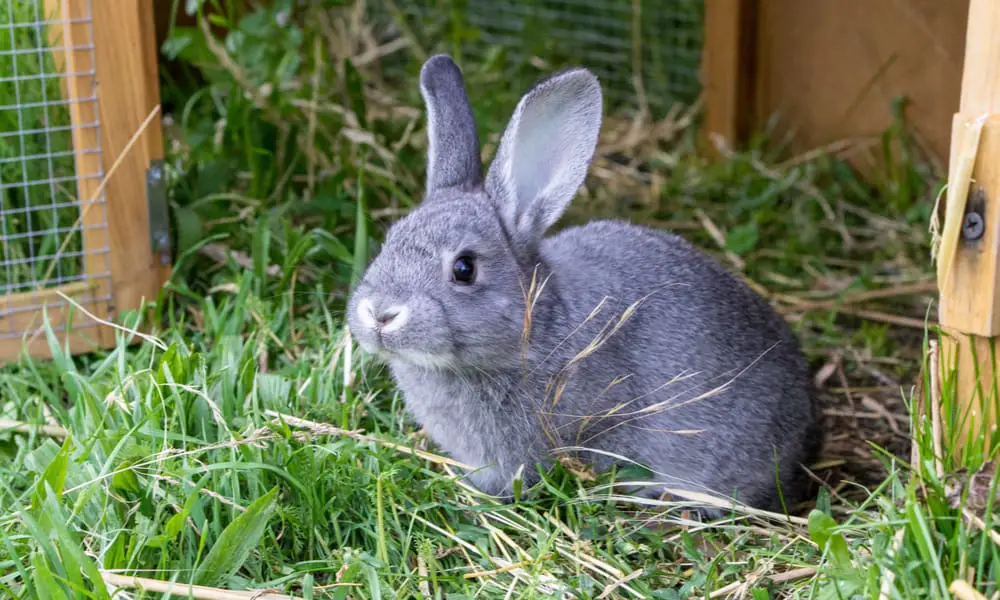Rabbits are adorable, gentle, and calm animals, but you should carefully check their characteristics and temperament when considering adopting one. Believe it or not, some breeds can express atypical behavior, like biting, nipping, and scratching. They often react this way to inappropriate treatment and environmental conditions.
While some breeds are calm and friendly with particular individuals that can misbehave, others are more prone to aggressive behavior in general. They usually attack other rabbits but can sometimes injure kids. Such cases are rare, but let’s check the most aggressive rabbit breeds you should consider carefully, particularly when having toddlers.
Table of Contents
Most Aggressive Rabbit Breeds
Unfortunately, lovely and friendly rabbits can sometimes be aggressive and unpleasant companions. Unlike dogs, they can misbehave despite being treated in the best possible way.
Sometimes, they never understand that their well-being depends on owners who provide them shelter and food. Therefore, these fluffy creatures can attack you and bite your hand while feeding them with only one aim to get what they want immediately.
Such behavior is not connected with bad experiences and improper handling while they were babies. If the rabbit is aggressive, it is individual behavior. Remember that it is possible to gradually socialize even the most unfriendly bunny to a certain level but be prepared that some will never behave well with people.
If a rabbit shows the first signs of aggression at 4 to 6 months, it won’t disappear over time. However, you can expect such a pet partly calms down at about 3 to 4 years, particularly after sterilization.
Most affectionate rabbit breeds |
|||
| Breed | Personality | Lifespan | Size |
| Belgian Hare rabbit | Wild temperament, don’t like cuddling | 7 to11 years | 6 to 8 pounds
(2.8 – 3.6 kg) |
| Checkered Giant rabbit | Don’t like cuddling | 5 to 8 years | 12 pounds
(5.4 kg) |
| Lionhead rabbit | Aggressive when scared | 7 to 10 years | 2.5 to 3.5 pounds
(1.1 – 1.6 kg) |
| Holland Lop rabbit | Bite when under stress | 7 to14 years | 2 to 4 pounds
(0,9 – 1.8 kg) |
| French Lop rabbit | Hate handling | 5 to 6 years | 10 to 15 pounds (4.5 – 6.8 kg) |
| Tan rabbit | Wild temperament, don’t like cuddling | 8 to 10 years | 4 to 6 pounds (1.8 – 2.8 kg) |
| Netherland Dwarf rabbit | Energetic | 10 to 12 years | 1.1 to 2.5 pounds
(0.5 – 1.1 kg) |
1. Belgian Hare rabbit
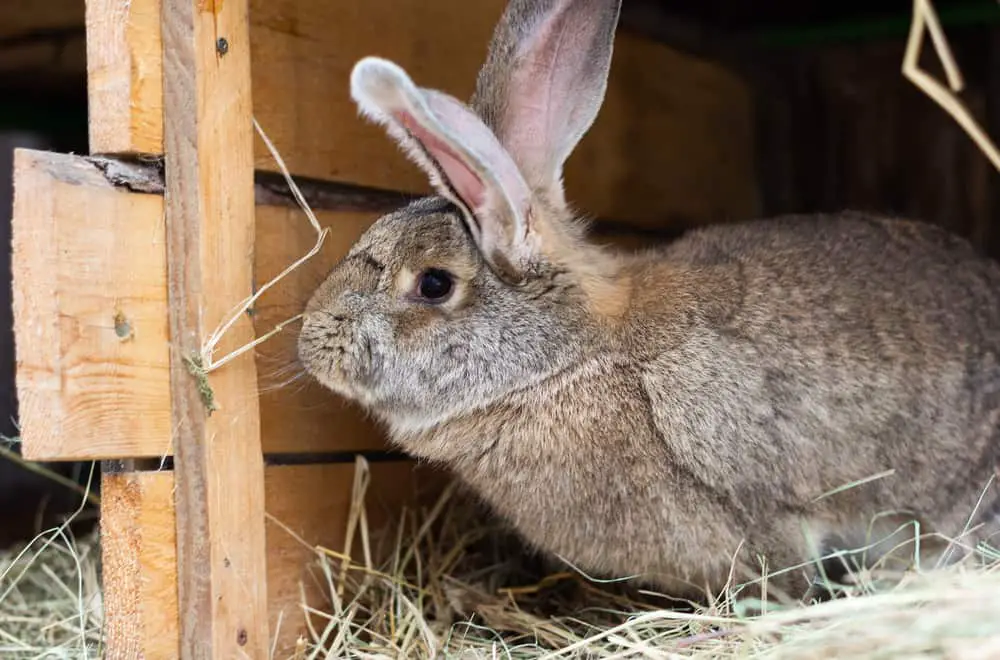
This rabbit breed with long, slender bodies and strong legs is a combination of wild and domestic rabbits originating from Belgium. First, they were imported to England and later to the US, where this breed quickly became recognizable and popular.
These bunnies are strong, good-natured, and vital, with lovely long front paws and more sizable heads than other domestic breeds. They are excellent animals for participating in exhibitions, but their nervousness and aggression make them an inadequate option for living with children.
Sometimes, some individuals can be peaceful family pets, but they are not good with strangers, and every sudden noise can stress them and trigger their aggression. They also need more space, making them unsuitable pets for smaller homes and apartments.
2. Checkered Giant rabbit
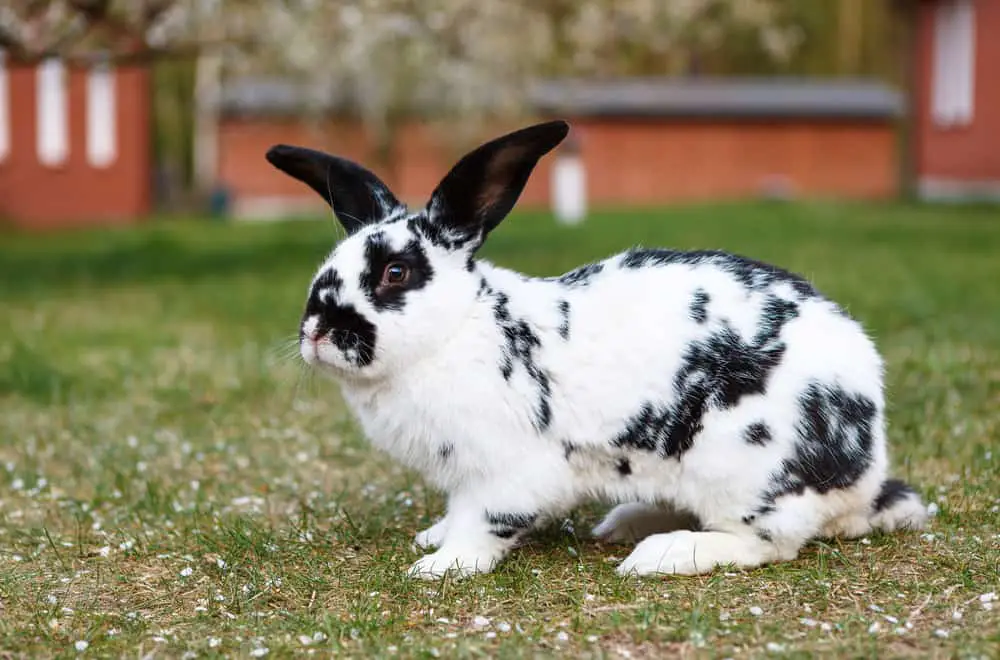
This energetic breed originating from France has a specific combination of colors. Since these rabbits are extra-large and conspicuous, they require open space. Their energy and speed are characteristics that fit patient and benevolent family members willing to put up with their occasional outbursts of anger.
Even though these creatures are typically friendly, easygoing, and enjoy human affection, you should be careful with them. They can become peaceful after connecting with an owner, but you should avoid cuddling them too often. It is crucial to provide enough toys and adequately engage your active pet to prevent it destroys your furniture.
3. Lionhead rabbit
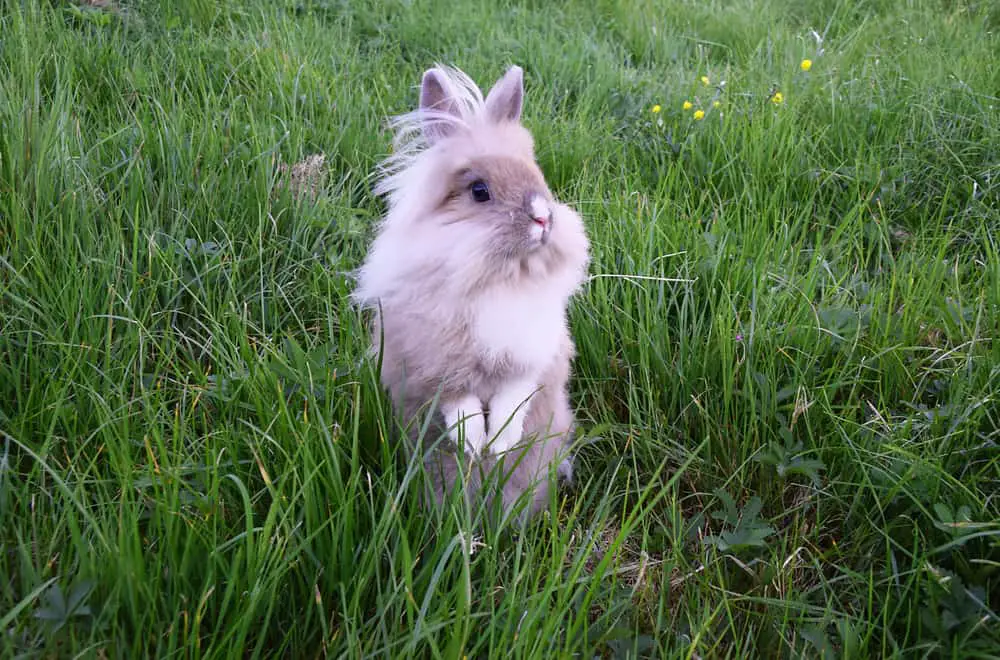
Thanks to a lovely leonine appearance, these bunnies look like they have a mild temperament. The truth is they are typically in a good mood and playful but can quickly become aggressive when feeling scared and exposed to a threat.
For instance, these creatures sometimes react furiously in contact with water. Therefore, every attempt to bathe them is a shock and can trigger an aggressive reaction. It is better to keep your pet clean by brushing its fur at least three times a week instead.
These bunnies require a quiet environment, so they are not the best choice for families with loud toddlers. Since they are smart, you can train and socialize them by teaching them to react to the environment appropriately.
4. Holland lop rabbit
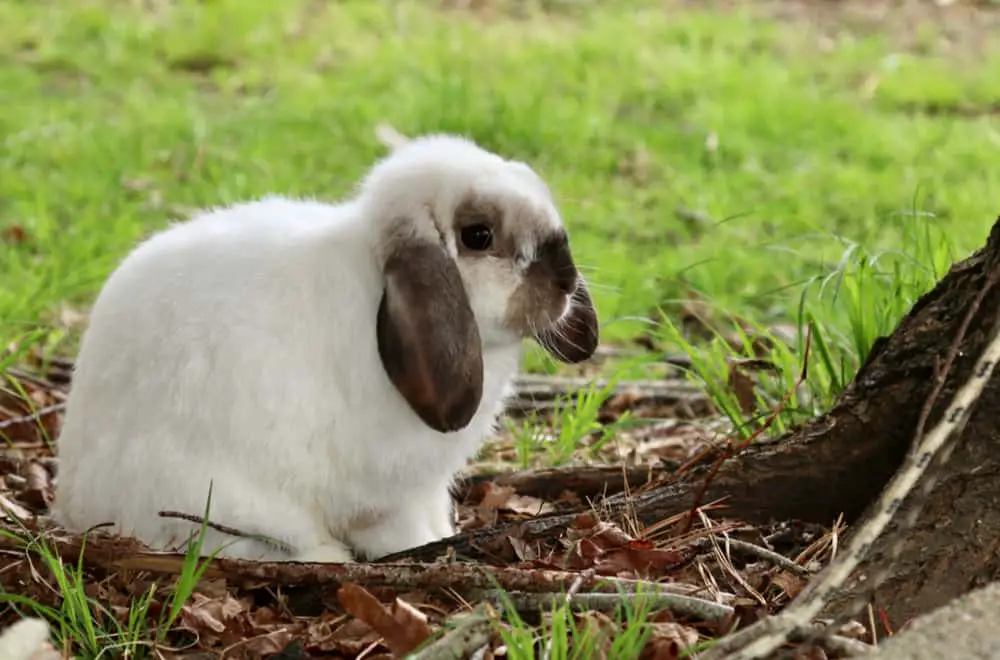
These lovely miniature rabbits come from the Netherlands and look like perfect pets for your family. They don’t require much space due to their small size, and you can keep them in a cage. They also never cause conflicts with other pets.
Unfortunately, the significant problem is the sharp teeth these rabbits use to destroy furniture. It is their way of showing dissatisfaction when owners fail to provide them with enough attention and entertainment. If these creatures are scared or under stress, they may also bite, although they are calm and well-mannered under normal circumstances.
5. Netherland Dwarf rabbit
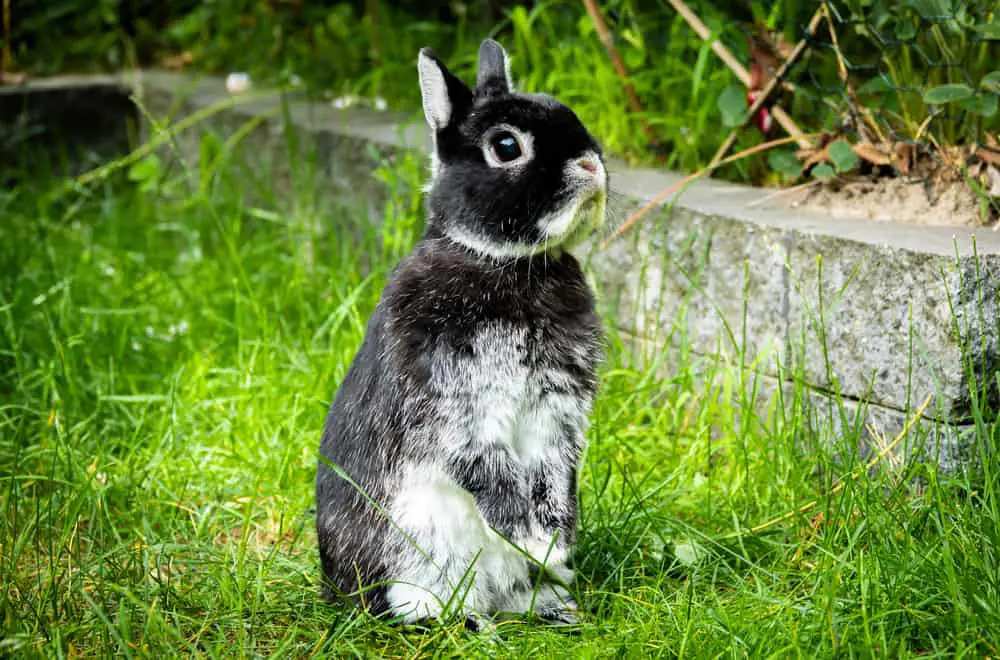
This small, cute rabbit looks adorable, thanks to its big eyes, cute ears, and soft fur. Though they look like perfect pets for children, they hate being held and carried around.
Keep in mind that these creatures are delicate, and children can unintentionally injure them. Therefore, you should choose this breed only if you have older kids.
In the new environment, Netherland Dwarf rabbits are shy and scared and need personal space to get used to their surroundings. On the other hand, these bunnies will enjoy running, digging, and playing with other rabbits.
It is challenging to train these rabbits, but not impossible. Since they are small and timid, possible aggressiveness is commonly a consequence of fear. They will get used to their hosts and become calmer with adequate socialization and interaction.
6. French Lop rabbit
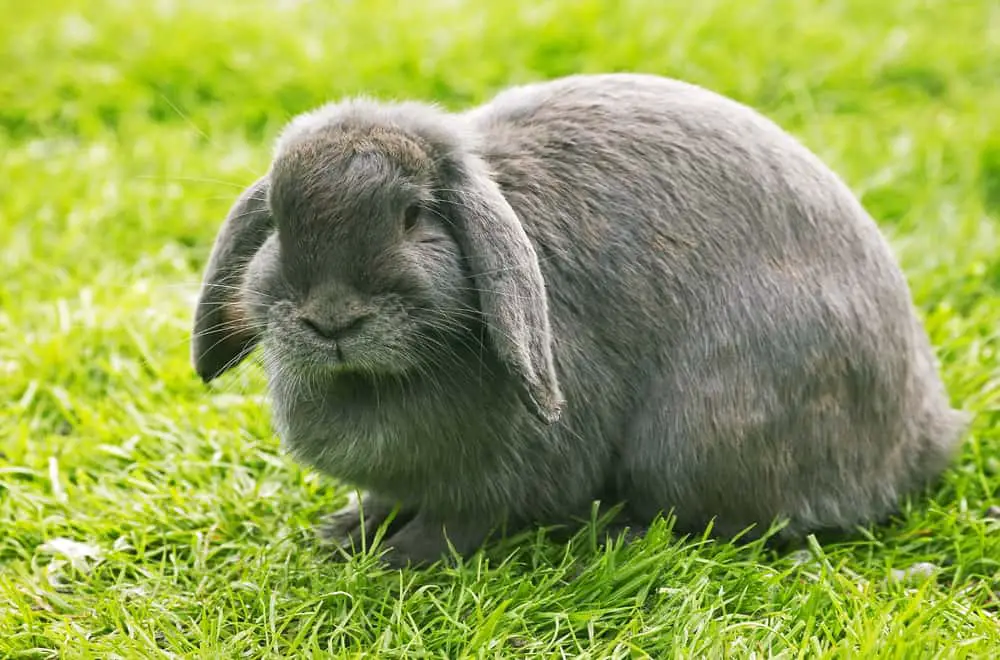
Even though these giant rabbits, known after beautiful lop ears, are affectionate and friendly, they typically hate to be handled too often. Their significant size makes them difficult to carry around, mainly when children try to do that.
Your typically friendly pet can become aggressive and react inappropriately in such situations. Believe it or not, such a sizable animal can hurt your kid and inflict kicks and nasty scratches while attempting to escape.
On the other hand, a rabbit can end up with a broken hind limb and even a fatal spinal fracture while struggling. Considering these issues, experts recommend giant breeds only for experienced owners.
7. Tan rabbit
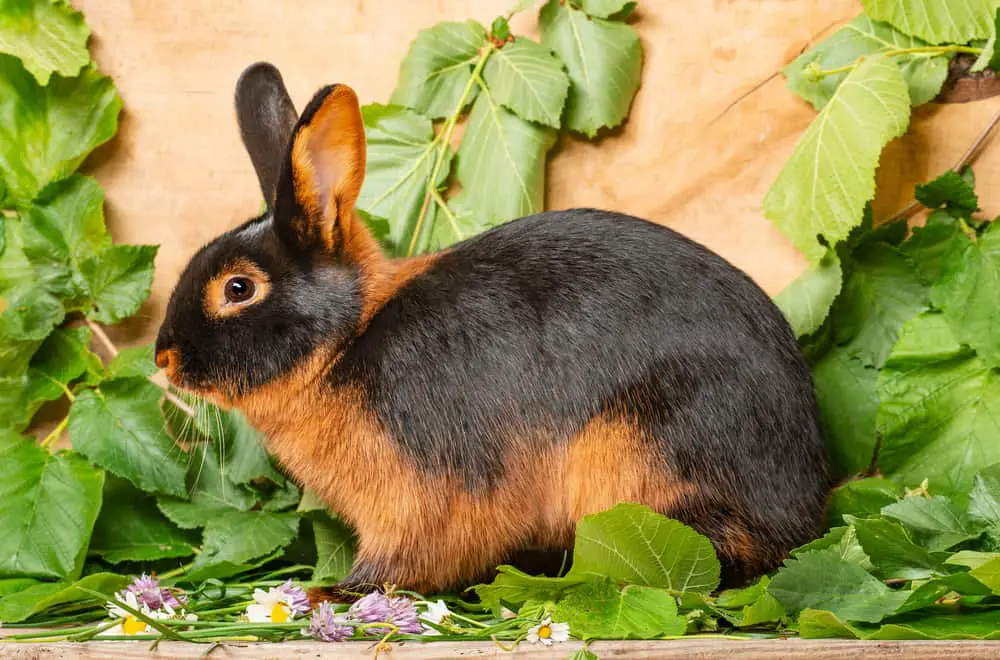
These beautiful compact rabbits and popular show animals are excellent pets for people living in apartments. You can find them in chocolate, lilac, blue, and black coat colors.
This tiny bunny originated in Britain, where breeders formed the new breed in the late 1880s. Most Americans adore these lovely creatures and choose them as family pets.
Even though they have an even temperament, you can expect them to become aggressive during mating season. In most cases, mothers will also stop being friendly while caring for young rabbits.
In all other situations, these lovely active bunnies are friendly but not the best option for families with toddlers. You should choose one if you are a senior or single and can offer your furry pet an active life.
Reasons Behind Rabbit Aggression
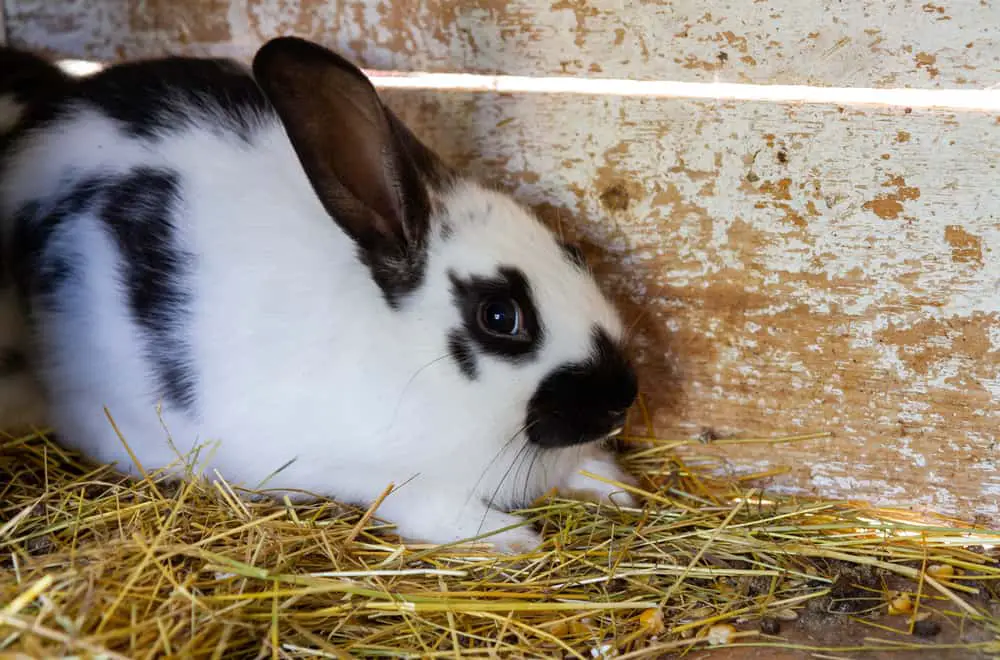
Rabbit aggression is neither an inherited trait nor a genetic disorder, so you should look for reasons behind such behavior in other factors.
Fear
In most cases, the primary reason for the aggression is fear which occurs when these lovely creatures feel threatened. In such circumstances, their instinct tells them to hide or run away, making them react unpredictably.
Remember that some breeds hate to be touched or handled and can consider their owners’ attempts as a threat. It is only an instinctive reaction when your hands are too close to their faces.
Loneliness
Rabbits are highly social since other species members make them feel secure and protective. Single bunnies have no one to rely on and often become nervous, and this feeling sometimes turns into aggression.
On the other hand, your pet can become aggressive when considering you a threat to its community. In such a situation, it will give its best to defend and protect its companions.
Pain
When your typically friendly and calm bunny suddenly becomes aggressive, you should suspect it is in pain. For instance, it will become aggressive when its leg or back is sore and you try to pick it up.
Hormones
Rabbits are often aggressive in spring during their breeding season. Such behavior is not typical for bunnies but results from increased hormone levels. During this period, rabbits defend their territory and consider everyone as rivals. You can reduce or even solve this problem by spaying females and neutering males.
Offspring protection
The first female rabbit instinct is to protect its offspring. It can become aggressive while its babies are still young, but it will be enough to respect its space and leave the nest alone to prevent inappropriate behavior. This aggression type is temporary, so you shouldn’t worry.
Territory protection
Some rabbits, particularly males, sometimes show aggression when owners try reaching into the cage to fill the water and food bowls. They can consider these movements as an attack on their space and can react with territorial aggression.
Food protection
Some rabbits are very possessive and protective when it comes to food. You can quickly solve the problem with this aggression type by sprinkling pellets across the floor instead of offering them by hand. Another option is to hide food in hay and let your pet eat both.
Unsuitable accommodation
Most rabbit breeds are active, so they can become nervous or even aggressive when kept in a small hutch for days. The quickest way to solve this problem is to provide your pet with enough space for running, jumping, and digging.
Ways to Solve the Problem With Rabbit Aggression
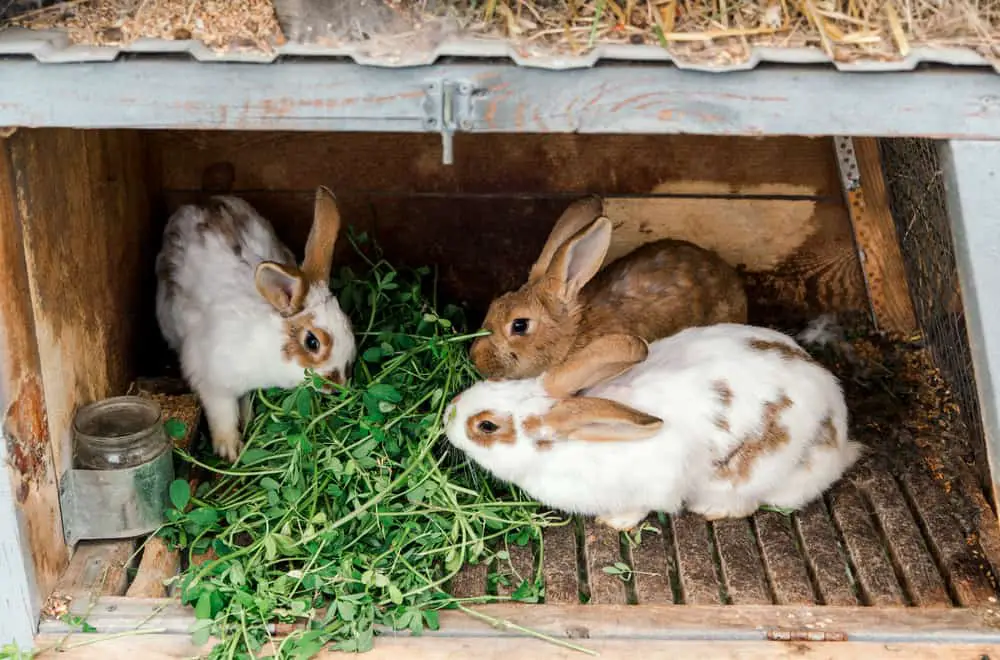
Since bunnies are typically calm and cuddly, you can quickly recognize aggression by signs, such as:
- Baring teeth
- Raising front paws
- Loudly thumping the ground with back paws
- Nervously roaming around
- Dilated pupils
- Ears pointed upwards
- Raised tail
Once you spot such behavior, you should back off, let your pet calm down, and try solving the problem when it feels safe and relaxed again. Since aggression is not natural for rabbits, your reaction should depend on the primary reason that leads to it.
Sterilization
This procedure will reduce hormonal aggression during the breeding season.
Proper diet
Give your best to handle your rabbit in the proper way to prevent fear and panic. Discover your pet’s response when offering food and respect it. You should be careful and patient when trying to change its natural reaction to protect food and territory.
Create a safe environment
You can often prevent your bunny’s frustration and aggression by creating space big enough for its proper moving. An ideal room should be at least 10 by 6 by 3 feet (3 x 1.8 x 0.9 m) big with space for foraging, jumping, hiding, digging, and stretching up tall.
An average hutch shouldn’t be smaller than 6 by 2 by 2 feet (1.8 x 0.6 x 0.6 m), but you need to pick out a suitable model, depending on your pet size. You can make the appropriate cage as a DIY project, but take care to provide an easy-to-clean plastic or metal bottom.
Always make an outdoor enclosure of wood or metal wire to make your bunny feel safe and protective of predators and bad weather. Remember that even the calmest rabbit can become aggressive when becoming scared.
Training
Never punish your bunny during training. Each pet has its rhythm, learns in its own way, and will probably consider your attempt to force it to do something against its will a threat.
It is also crucial to avoid picking up your rabbit or trying to handle it as soon as you bring it to your home. It will need some time, typically two weeks, to accommodate new circumstances and relax.
Summary
Understanding the needs of your rabbits is crucial for having a nice, calm, and obedient pet. Once they become aggressive, it is hard to improve the situation. You have to be realistic and set realistic goals. With patience and commitment, you can have a pet with the best characteristic they can offer.
